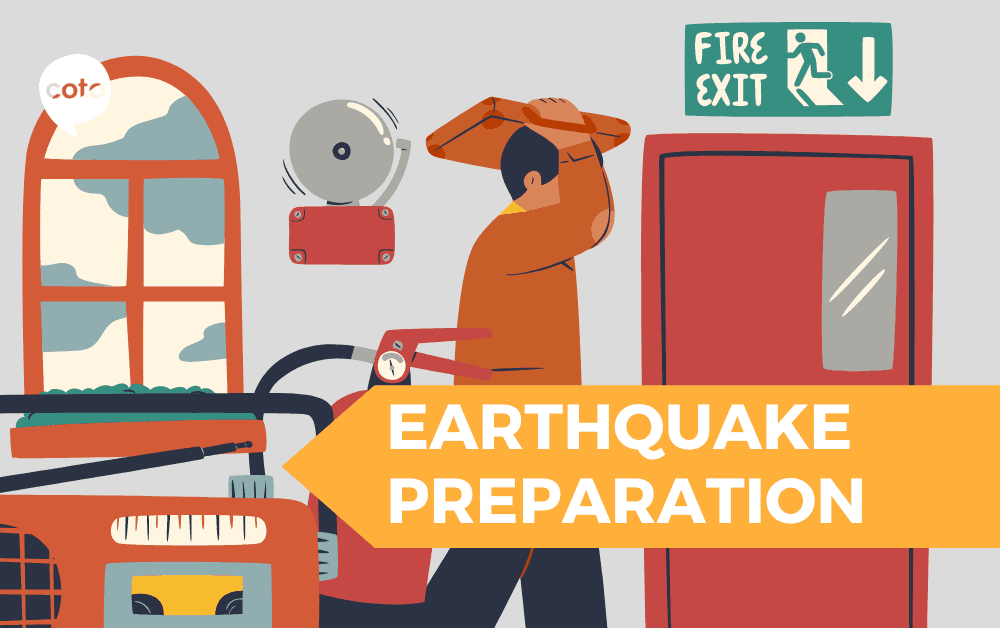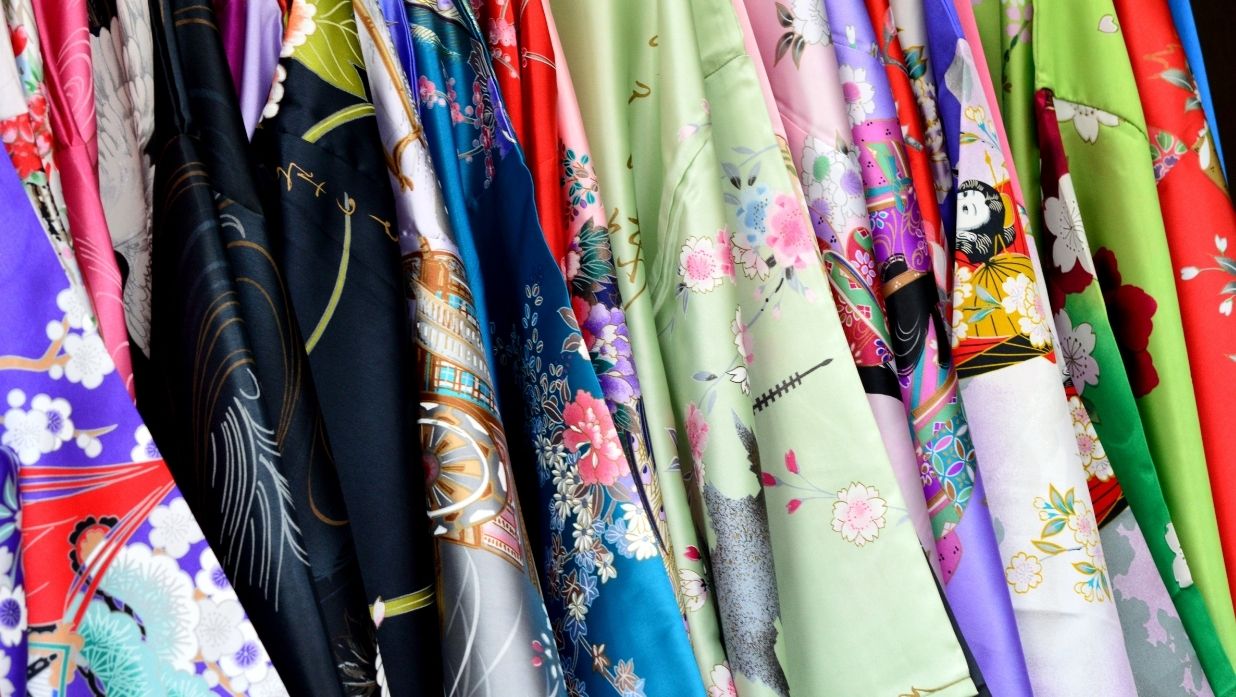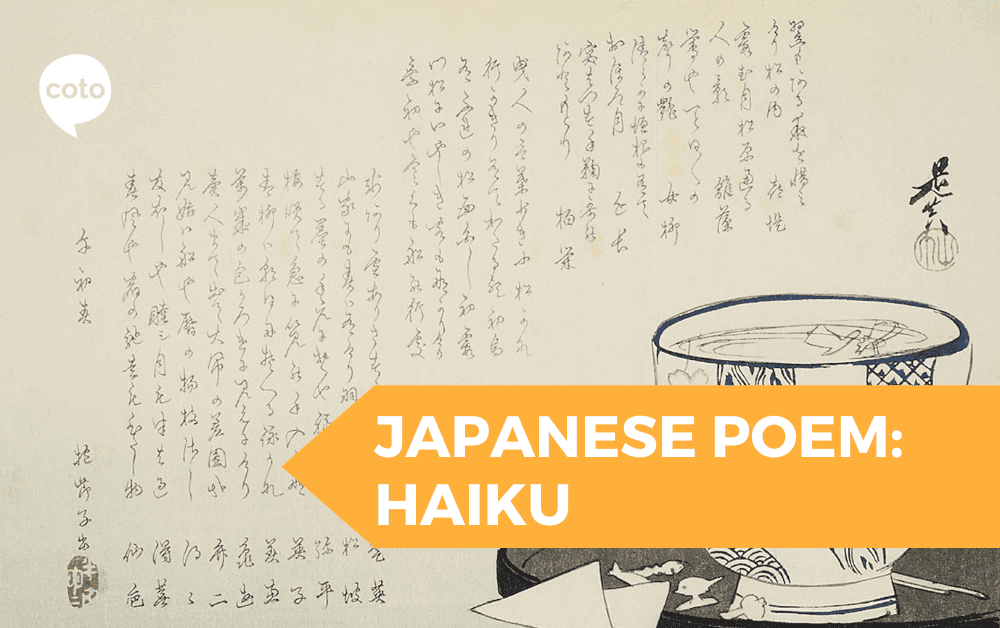Before, During and After in Japanese: 前 (Mae), 後 (Ato), とき (Toki), 間に (Aida ni)
These Japanese grammar points are covered at the JLPT N4 for good reason. Understanding them is essential for making your interactions in Japanese smoother.

These Japanese grammar points are covered at the JLPT N4 for good reason. Understanding them is essential for making your interactions in Japanese smoother.

How did I pass JLPT N3 exam? I’ll show you my study routine, the resources I used, and my experience in the actual exam day.

Welcome to February! Take a look below at our favorite learning resources for the month!
In this article, we will guide you through the main measures you should know to prepare and act in case of an earthquake.

Kimono is so widely known that the word itself has become a part of the English language. From the very heart of Japanese culture, this iconic garment was worn on a daily basis in 19th-century Japan. Its beginnings can be traced back over a thousand years, to the Heian period (794–1185), from what was known […]

The language used in a classroom setting will differ depending on whether you are a student or teacher, and whether you are talking to other students or teachers. To sort this all out, let’s first go over the basics. What do I call my teacher? How do I ask questions during the class? How do […]

Haiku are short unrhymed poems composed of only three lines and seventeen syllables.

Those who live in Japan know that summer and winter in Japan can be brutal. Japan has eight regions spanning quite a few lines of latitude. That means depending on what part of the country you’re in, the weather will vary a lot during any given season. Winter in Japan starts in December and goes […]
